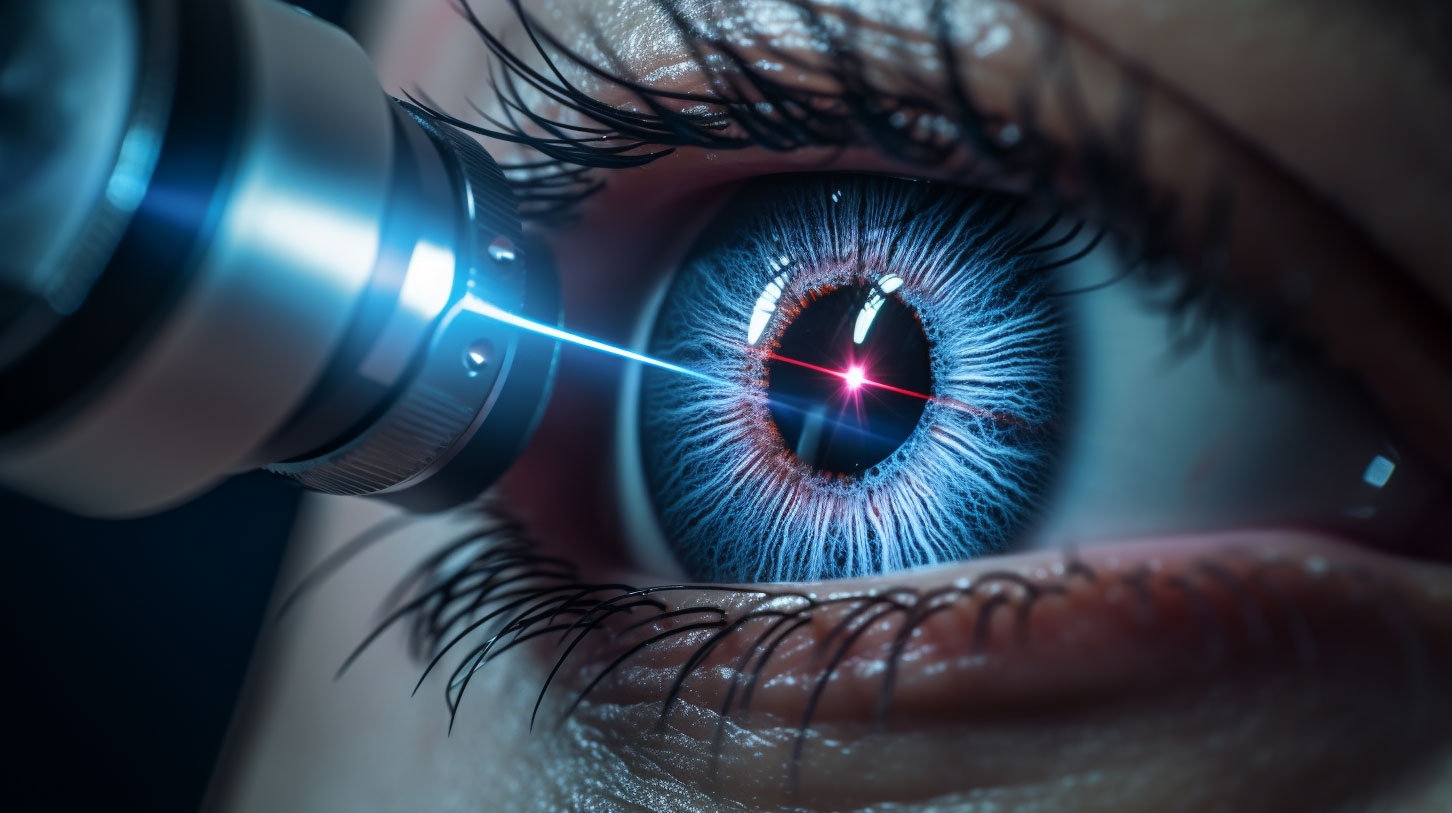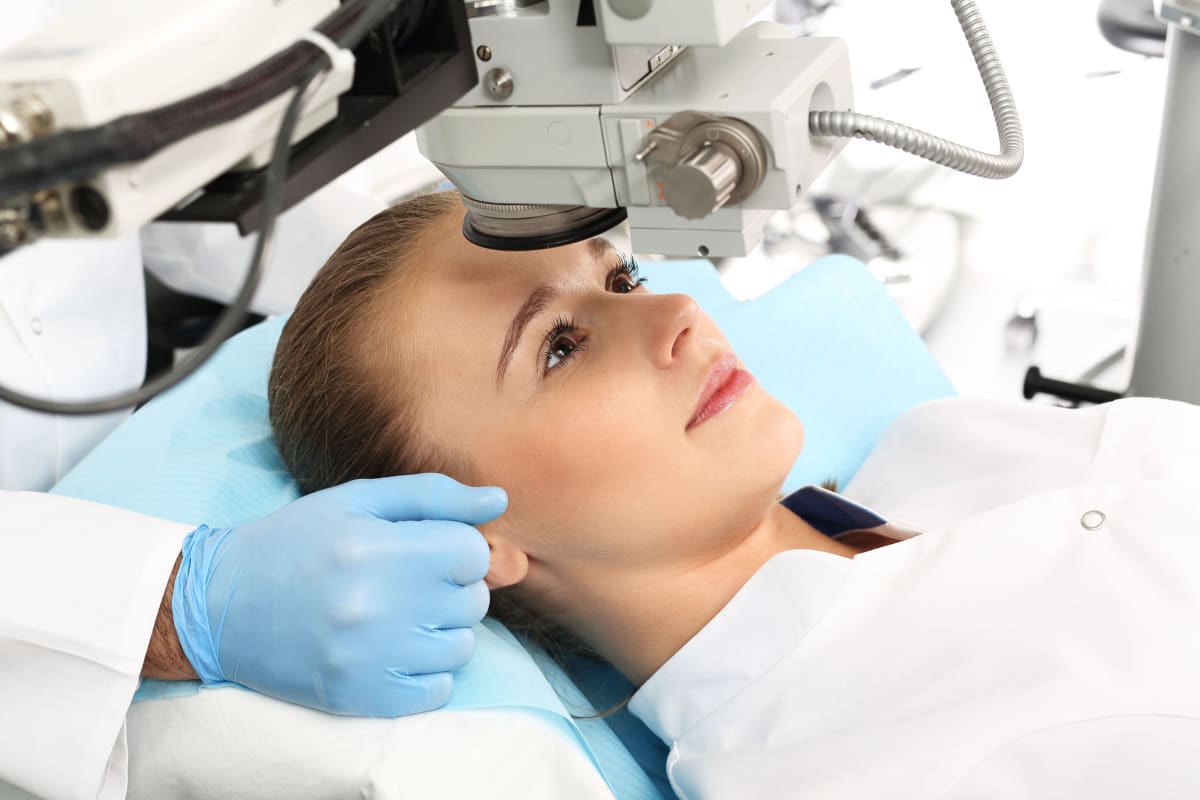Is Perfect LASIK
If you’ve been wearing glasses or contact lenses for years, you’ve probably imagined what life would be like without them. Maybe you’ve seen ads for LASIK surgery promising “perfect vision in minutes” and wondered if it’s as good as it sounds—or if it’s too good to be true.
As an eye doctor who’s guided many patients through this decision, I understand the mix of excitement and hesitation you might be feeling. My goal here is not to “sell” you on LASIK, but to help you understand it clearly, separate fact from hype, and see if it’s truly the right choice for your eyes.
Step 1: Understanding LASIK
LASIK (Laser-Assisted In Situ Keratomileusis) is a type of refractive surgery that reshapes the cornea—the clear front surface of your eye—so that light focuses properly on the retina. The result? Clearer vision without glasses or contact lenses.
See more: Speech Therapy in Castle Hill: Helping Kids Find Their Voice
It’s typically used to correct common vision problems like nearsightedness, farsightedness, and astigmatism. Not everyone is a candidate, though. Factors like corneal thickness, eye health, prescription stability, and overall health matter.
Step 2: The Initial Consultation
Before anything else, your doctor will do a thorough eye exam. This isn’t just a quick “read the letters on the chart” test. We’ll map your cornea, check its thickness, measure your pupil size, and evaluate tear production.
We’ll also ask about your medical history—things like autoimmune conditions, certain medications, or past eye injuries. These details help us decide whether LASIK will give you safe, predictable results.
Step 3: Preparing for Surgery
If you’re a good candidate, you’ll get a short list of things to do before the procedure.
For example:
- Stop wearing contact lenses for a period before surgery so your cornea can return to its natural shape.
- Avoid makeup, lotions, or perfumes on the day of surgery, since they can introduce bacteria.
- Arrange for someone to drive you home afterward.
You won’t need weeks of preparation, but these small steps make a big difference in your results.
Step 4: The Day of the Procedure
LASIK itself is surprisingly quick—often under 15 minutes for both eyes. You’ll be awake, but your eyes will be numbed with special drops so you won’t feel pain.

Here’s how it goes in simple terms:
- A small flap is created on the surface of your cornea.
- The laser reshapes the cornea according to your prescription.
- The flap is gently placed back into position, where it naturally seals without stitches.
Most patients tell me the entire process feels more like gentle pressure than pain.
Step 5: Recovery and Healing
Right after surgery, your vision might be a little hazy, and your eyes could feel dry or watery. Some people describe a sandy or gritty sensation for a few hours.
Most patients notice clearer vision within 24 hours, but your eyes will keep healing for weeks. Using prescribed drops, avoiding rubbing your eyes, and wearing protective shields at night help ensure a smooth recovery.
Step 6: Life After Perfect LASIK
This is the part that makes my job so rewarding. Many patients wake up the next morning amazed that they can read the alarm clock without fumbling for glasses.
Colors look brighter, night driving becomes easier, and everyday life feels simpler. The emotional boost is just as real as the physical change—confidence often grows when you’re not worrying about lenses or frames.
Common Questions Answered
Does LASIK hurt?
No. You’ll feel pressure, but numbing drops make the procedure painless. Mild discomfort after surgery usually fades within hours.
How soon will I see results?
Most patients see improvement within a day, with vision continuing to sharpen over a few weeks.
Is LASIK permanent?
The corneal reshaping is permanent, but natural aging changes—like presbyopia (the need for reading glasses)—can still occur later in life.
Conclusion
Perfect LASIK surgery can be life-changing, but it’s not for everyone. The safest and smartest next step is to talk openly with your eye doctor, share your goals, and have a thorough exam.
If you’re a good candidate, you could be looking at a future where crisp, clear vision is your everyday normal—and that’s a transformation worth exploring.



